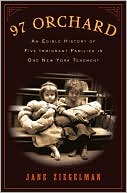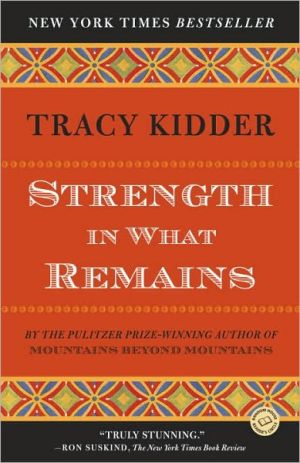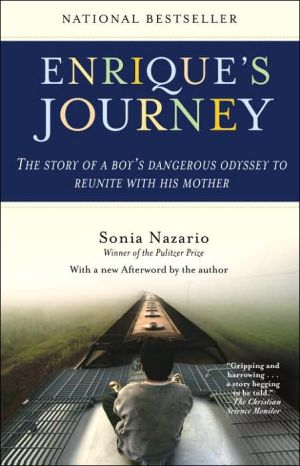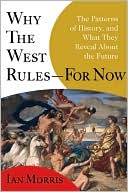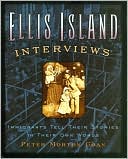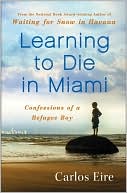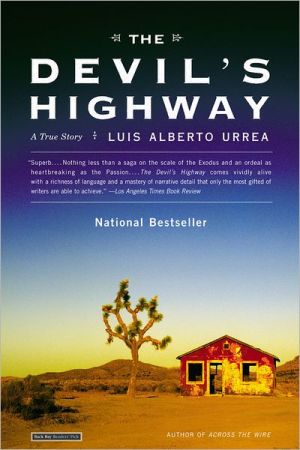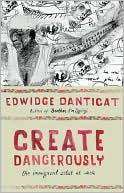Mean Streets: Chicago Youths and the Everyday Struggle for Empowerment in the Multiracial City, 1908-1969
Mean Streets focuses on the streets, parks, schools, and commercial venues of Chicago from the era of the 1919 race riot to the civil rights battles of the 1960s to cast a new light on street gangs and to place youths at the center of the twentieth-century American experience. Andrew J. Diamond breaks new ground by showing that teens and young adults stood at the vanguard of grassroots mobilizations in working-class Chicago, playing key roles in the formation of racial identities as they...
Search in google:
"In a city that social scientists feel we know well, Mean Streets provides new and exciting insights into the spatial dimensions of urban life. Not afraid to talk about both attraction and repulsion, Diamond provocatively unearths the critical role of youths—ages 15 to 25—in leading their wider communities in the negotiation of race."—George Sanchez, author of Becoming Mexican American: Ethnicity, Culture, and Identity in Chicano Los Angeles 1900-1945"In Mean Streets, Andrew Diamond brilliantly bridges social, political, and cultural history. His deeply researched account of Chicago's black, white, and Latino youth subcultures offers a fresh perspective on the entangled histories of identity, power, and place. This is a first-rate book."—Thomas J. Sugrue, author of Sweet Land of Liberty: The Forgotten Struggle for Civil Rights in the North."This excellent social history of Chicago's youth gangs not only demonstrates their centrality to the vaunted community and turf consciousness of the city's neighborhoods; it also explains the widespread ethnic and racial conflict that has characterized the city for most of the twentieth century. Diamond accomplishes this with a remarkable amount of empirical research on the gritty streets, playgrounds and parks, dance halls, 'can houses' (brothels), and industrial wastelands in, between, and around these neighborhoods."—James R. Barrett, author of Work and Community in 'The Jungle': Chicago's Packing House Workers, 1894-1922.
List of Illustrations viiList of Abbreviations ixAcknowledgments xiMaps xvIntroduction: Bringing Youths into the Frame 11 The Generation of 1919 172 Between School and Work in the Interwar Years 653 Hoodlums and Zoot-Suiters: Fear, Youth, and Militancy during Wartime 1194 Angry Young Men: Race, Class, and Masculinity in the Postwar Years 1525 Teenage Terrorism, Fighting Gangs, and Collective Action in the Era of Civil Rights 1936 Youth and Power 240Epilogue: Somewhere over the Rainbow 301Notes 313Index 369

